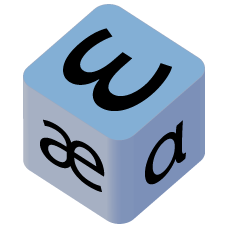If anyone’s wondering how this “magic e” nonsense happened in the first place:
In the Middle English period, short vowels in open syllables were lengthened, so /ha.tə/ became /haː.tə/. Then, the schwa was lost, thus /haːt/. Now, the only audible distinction between hat and hate was the vowel length, and so the <e> on the end was reanalyzed as a length marker; words that never ended with an /ə/ like whit /hwiːt/ were respelled as white to show the vowel length.
With the Great Vowel Shift, hate shifted from /haːt/ to /heːt/, and in the last couple of centuries to /heɪt/. Now, final <e> shows a mostly-consistent transformation of the preceding vowel, perfect for flummoxing second-language learners!


“The E makes the vowel say its name.”